“Arundhati Roy has described Covid-19 as ‘a portal between this world and the next’ and talked about how we could choose to try and preserve the status quo or seize the opportunity to imagine another, better world.
I wanted to create something that encouraged people to rebuild after the pandemic with this opportunity for positive change in mind by creating a series of site specific installations that draw attention to current inequalities and the need to address them. In this, I was inspired by the Finnish artists Pekka Niittyvirta and Timo Aho who shone lines of light across a Scottish coastal town creating a powerful visual image showing the potential future impact of climate change.
In week 10 of the course we discussed the importance of focusing on child health and wellbeing as a priority for rebuilding after the pandemic and, combining this with the first Sustainable Development Goal – No Poverty – I decided to do some research on child poverty in my home city of Glasgow. I did a significant amount of research around this, identifying a number of reports that addressed the issue locally and internationally too. I also came across a graphic for child poverty statistics in my city that shocked me – the number of children living in poverty in Glasgow would fill the Armadillo entertainment venue 12 times.
This gave me the idea for the initial work in the series – a site specific installation distilling issues around child poverty to one key image that had relevance for the local area. The site of the installation to be an entertainment venue and the statistics for child poverty to be given in terms of their relation to the capacity of the venue concerned.”
Annie Heaney
BA Painting
Undergraduate
Glasgow, Scotland
Currents 2020
Portal
Proposal for light installation to highlight opportunities to build back better after the pandemic.
Image “bins and cobbles” by Ross Cowan historian licensed under CC BY-NC 2.0
Aims:
- To highlight the opportunity to build back better after the pandemic.
- To start a dialogue on what this might mean which could be used in future works.
- To reach as wide an audience as possible.
- To provide ways for people to engage further with ideas of planetary health, wellbeing and the wellbeing economy.
Inspiration:
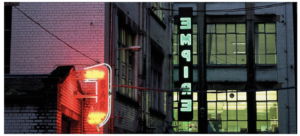
Empire, Douglas Gordon, 1998 http://176.126.242.34/existing-artworks/4
Douglas Gordon’s Empire sign is currently his only remaining piece of street art in the city. I haven’t been able to find a definitive explanation of his intentions in creating this piece but the consensus of the articles I have read suggest he was asking his audience to question their understanding of what the word ‘empire’ stood for.
This piece interests me for a number of reasons. I like its simplicity and the fact that it makes the viewer work to understand it’s message. Situated in an otherwise unprepossessing lane between city blocks, the sign is initially easy to overlook, the reversal of the word ‘Empire’ the only thing that ‘jars’ and causes us to look again. However, viewed at night, as in this image, it is hugely impactful. The green glow of the light mimicking the bar sign in front and the deliberate flickering of one of the letters drawing our attention to it and increasing the sense of intrigue.
In addition to this, Gordon’s work is on every list of ‘instagrammable’ locations of the city – https://www.glasgowlive.co.uk/news/glasgow-news/glasgows-most-instagrammable-neon-art-17507169 – an important fact if you want to spread your message as widely as you can.
My other inspiration for this piece came from an article written by Arundhati Roy for the Financial Times on April 3, 2020. In this article she described Covid-19 as ‘a portal between this world and the next’ and talked about how we could choose to try and preserve the status quo or seize the opportunity to imagine another, better world. An inspiring, positive message and a call to action to ensure that we all contribute to building back better.
What it is:
- A temporary light installation that evolves over the course of 4 days.
- Non-site specific so could be installed in multiple locations, multiple times.
- Installation should be collaborative involving local community, relevant community groups and charity sector input. This will also provide a route to further information/support for those who wish to engage further.
What it is not:
- Whilst I hope the work is impactful, it is important to point out this is not a campaigning piece. It is a gentle invitation to engage with the concept of building back better after the pandemic and to introduce some of the concepts and issues around planetary health and wellbeing to a wider audience.
Installation:
- Minimal impact on site.
- ‘better’ written in neon tubing suspended on tension wire secured with temporary fixings to the walls of the alley.
- Details for expanding portal to be confirmed as there are a number of ways of achieving this effect depending on the location.
- QR codes mounted near the work to give details about the work, the ideas behind it and local contacts for more information or to engage further in the issues involved.
Considerations:
- The need to involve local community and community groups in the selection of site for the installation. This local support will be essential to ensure that pathways for the audience to engage further are provided.
Longevity:
- Installation can be repeated in as many locations and as many times as required. Depending on the locations involved it might be necessary to rework the component parts to increase or decrease the scale of the piece.
Times Tables
Proposal for a site specific light installation to highlight opportunities to build back better after the pandemic.
Aims:
- To draw attention to the issue of child poverty in a specific area.
- To tie the issue of child poverty into the concept of building back better after the pandemic.
- To reach as wide an audience as possible.
- To provide ways for people to engage further with issues around child poverty and ideas of planetary health, wellbeing and the wellbeing economy.
Inspiration:
I have been inspired by the work of Finnish artists Pekka Niittyvirta and Timo Aho who shone lines of light across a Scottish coastal town to show the impact of climate change and rising sea levels.
What appeals to me about this work is that it is a credible artwork in its own right regardless of the subject tackled. These photographs of the work taken at night are particularly impactful, appealing and intriguing in equal measure. The neon tubes that are part of the installation ‘disappear’ and all we see is a single beam of light penetrating the darkness, intermittently illuminating what would be familiar buildings in an unfamiliar, almost ethereal way. You want to find out more about the work and are therefore gently drawn to the issue being raised. This gives it the opportunity to engage an audience that might have otherwise have chosen not to engage with the reality of climate change. In her talk Arundati Roy referred to this stating “it is impossible to wake someone who is pretending to be asleep”. I think this work goes some way to tackling this issue and is particularly impactful given that the potential effects of climate are shown on existing buildings within the town.
Deciding on what to tackle in terms of subject has been challenging. I was initially drawn to the Sustainability Goals that were shared with us at the start of the course. For me, they neatly summarise the interconnectedness of issues around planetary health and wellbeing and in addition allow collective and individual action to prioritise and address local issues. These are both things that particularly resonated with me on the course.
We discussed in week 10 the importance of focusing on child health and wellbeing as a priority for rebuilding after the pandemic and, combining this with focusing on the first Sustainability Goal of No Poverty, I decided to do some research on child poverty in my home city of Glasgow and came across a simple graphic which shocked me.
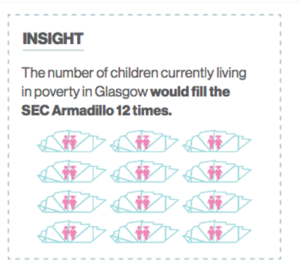
Image from Child Poverty in Glasgow Report 2020, Centre for Civic Innovation, downloaded from Glasgow City Council Website 18/11/20.
What it is:
- A temporary light installation that evolves over the course of 2 days.
- A direct communication of available statistics for child poverty in the area local to the installation. The site of the installation should be an entertainment venue and the installation documents statistics for child poverty by relating them directly to the capacity of the venue concerned.
- Although site specific, it can be installed in multiple locations, multiple times if the relevant statistics are available.
- Installation should be collaborative involving local community, relevant community groups and charity sector input. This will also provide a route to further information/support for those who wish to engage further.
- Provides link back to concepts of building back better established in Portal
What it is not:
- Whilst I hope the work is impactful, it is important it point out this is not a campaigning piece. People will have to choose to engage or not with the message it sends.
Considerations:
- Although I have researched issues and statistics around child poverty, it may be that engagement with local community groups and individuals may identify issues it would be more appropriate to tackle. The concept behind the work could be adapted to accommodate this.
Longevity:
- Installation can be repeated in as many locations and as many times as required. Depending on the locations involved it might be necessary to rework the component parts to increase or decrease the scale of the piece.

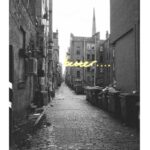
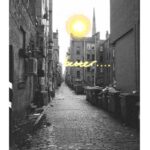
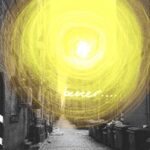


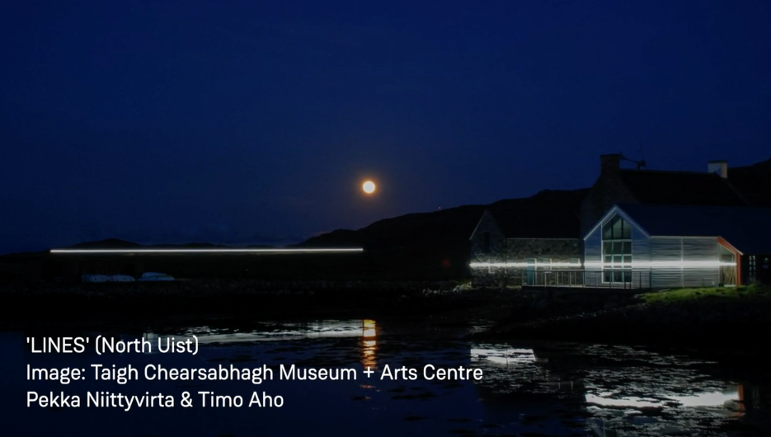
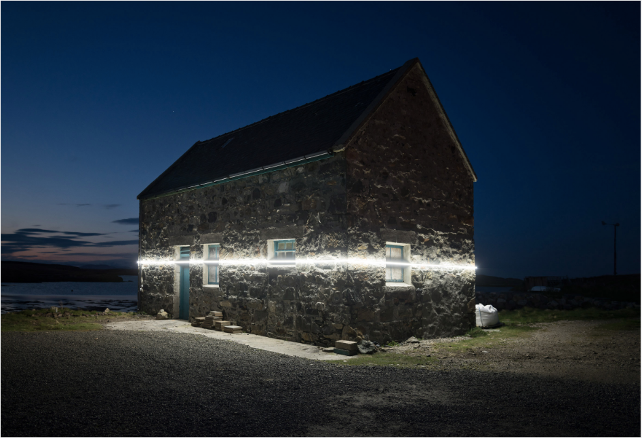


Leave a Reply